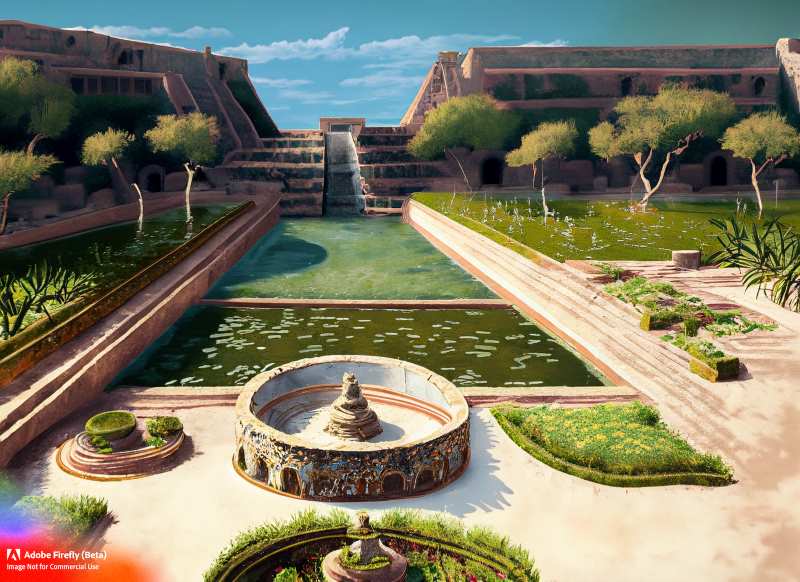Daily Life in Tenochtitlan: Insights into the Mexica Empire and Its Culture
Explore the fascinating daily life of the Mexica Empire and its capital city, Tenochtitlan. Discover the culture, traditions, hygiene practices, administration, and social roles of this ancient civilization, shedding light on a little-known past.

The Mexica empire flourished long before the arrival of the Spaniards, spanning across the great basin of Mexico and extending over the central and southern margins of the lakes, including Huexotla, Coatlinchan, Culhuacan, Iztapalapa, Chalco, Xico, Xochimilco, Tacuba, Azcapotzalco, Tenayuca and Xaltocan. It was the most expansive power the region had ever seen.
Collaborating with neighboring peoples such as Tlacopan and Texcoco, the Mexica subdued several indigenous populations settled in the center and south of present-day Mexico. Although much has been said about the grandeur of the Mexica empire, everyday life in Tenochtitlán remains shrouded in mystery.
Curiosity about the daily activities of the Mexica - what they ate, how they lived - is understandable. Fortunately, the research of the French ethnologist Jacques Soustelle sheds light on our ancestors' lives. Soustelle's seminal work, La vida cotidiana de los aztecas en vísperas de la conquista (The Daily Life of the Aztecs on the Eve of the Conquest), offers fascinating insights into this ancient civilization.
Originally published in French in 1955, Soustelle draws on various historical sources, including the works of Sahagún, Durán, Torquemada, and other chroniclers, as well as codices and archaeological data. Through his extensive research, Soustelle paints a vivid picture of Mexica culture, providing valuable information that allows us to peer into the past.




